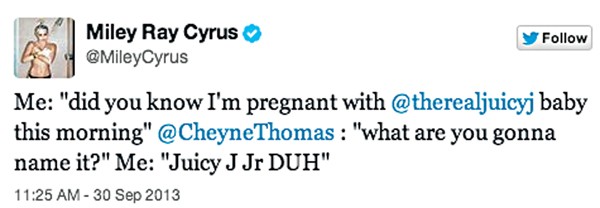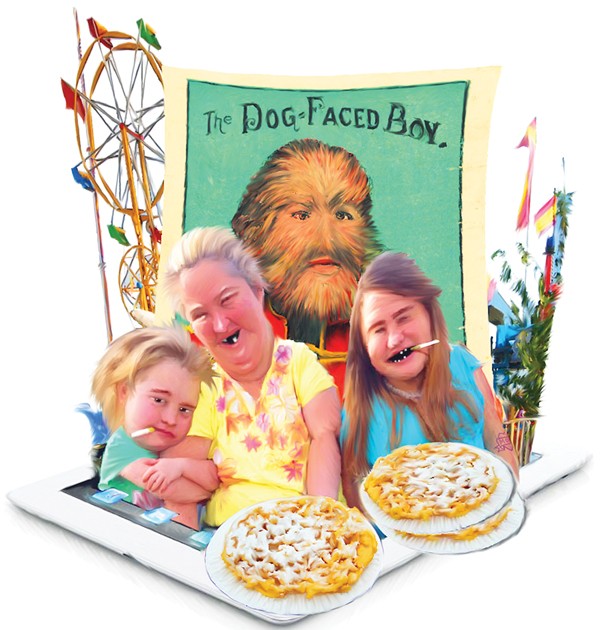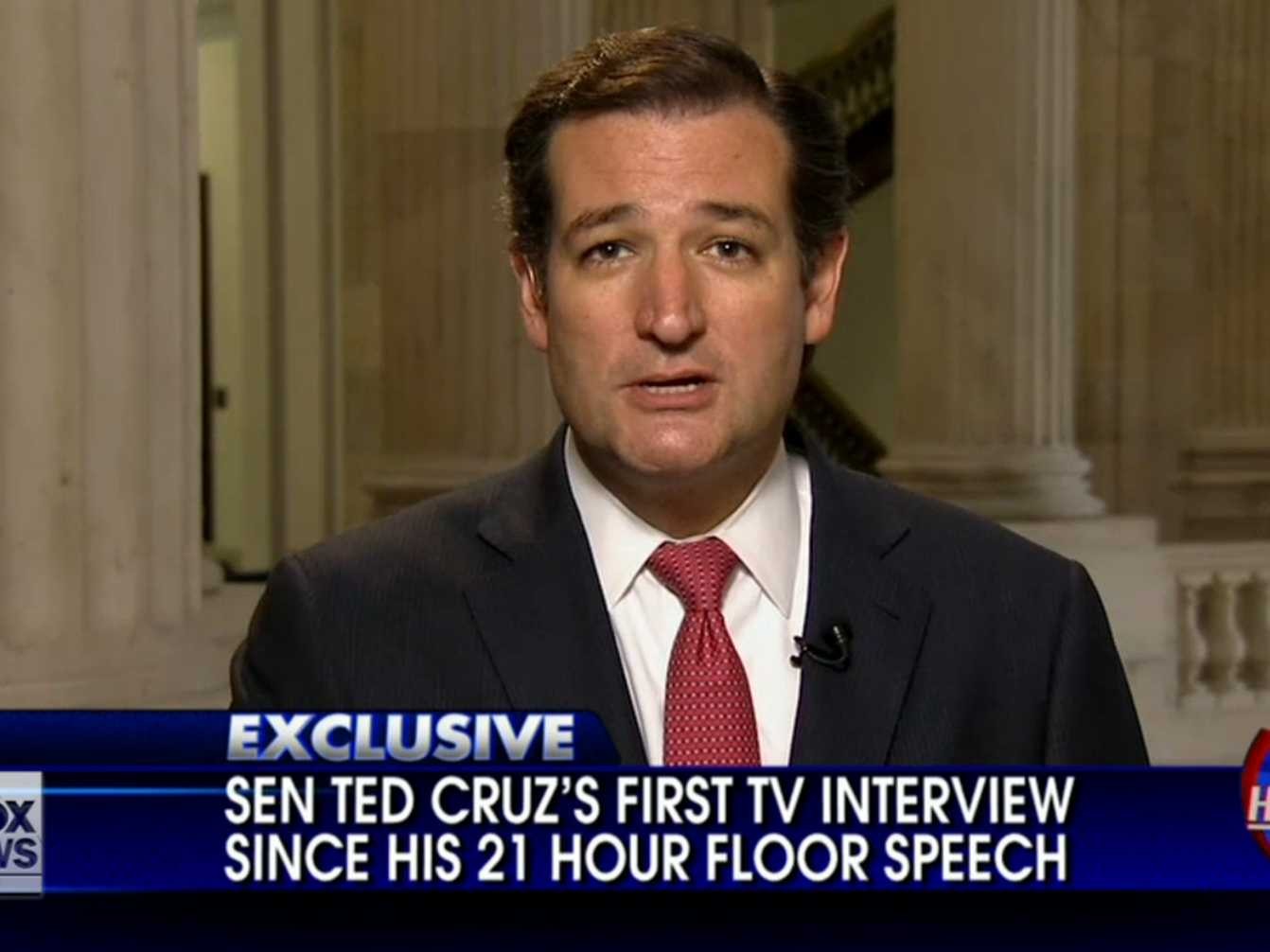Today, it makes no sense to separate NBA legends Larry Bird and Magic Johnson. It didn’t make much sense when they were playing back in the 1980s, either. They’re linked forever in sports history because their rivalry pushed their teams — and, at its best, their sport — to new and thrilling heights. Plus, like Sampras/Agassi or Batman/Joker, the Bird/Magic battles ultimately helped everyone else appreciate these supreme athletes’ idiosyncratic individual gifts.
Sports like basketball, tennis, and crime-fighting are made for such mano-a-mano showdowns. It’s a little trickier to humanize something as technology- and money-driven as auto racing, where corporate sponsorship holds sway and the people behind the wheel remain virtually invisible while they’re out doing their thing.
In his new film, Rush, which explores the mid-1970s rivalry between Formula 1 race-car drivers James Hunt and Niki Lauda, director Ron Howard tries, and he tries hard. He uses his Tradition of Quality problem-solving skills to assemble a good film that, at times, is coy enough to flirt with near-greatness.
Handsomest Man Alive Chris Hemsworth plays English racing prodigy James Hunt, an indefatigable party monster whose boozing and womanizing may or may not mask deeper, more uncertain feelings about masculinity and competition and, well, whether there’s a point to any of it. He’s an automobile gladiator who’s well aware of the lunacy of his job, and he gets off on the way it brings him “closer to death.”
But across the racetrack blacktop from him sits Niki Lauda (Daniel Brühl), a homely little Austrian chipmunk with stamina, discipline, and technical know-how who’s bought his way into the professional circuit. Both drivers are confident, talented, and quick enough to reap the rewards of their skill. But it is Lauda, not Hunt, who asks himself, “What kind of a person does a job like this?”
The outcome of the 1976 F1 championship is distant enough to keep nonfans in suspense, but the film is more concerned with the forces driving these two men to burn rubber anyway. As physical and philosophical opposites, Brühl and Hemsworth make an unusual pair that suggests the myriad ways greatness expresses itself. They grow more interesting once they start to exchange words between races. At first, their prickly encounters are little more than theatrical ball-busting. However, as their careers take sudden, unexpected turns, their conversations turn thoughtful and sincere.
As Rush continues to follow its heroes around the world, it remains notably perverse in what it shows and what it leaves out. Whole races (and whole marriages) are covered in a single scene or a handful of shots; cars revving their engines before a big race are quickly cut away from once the green light flashes. Howard relies on a lot of driver’s-seat POV during the big races, but he throws in some ground-level shots of cars whizzing by instead of relying on more traditional aerial shots of the whole track. The climactic race hinges on whether a driver will end up in third place, but the greatest testament to the film’s curious handling is that the biggest cheers in the film arise from a fourth-place finish.
Rush
Now playing
Multiple locations


 Greg Cravens
Greg Cravens 
